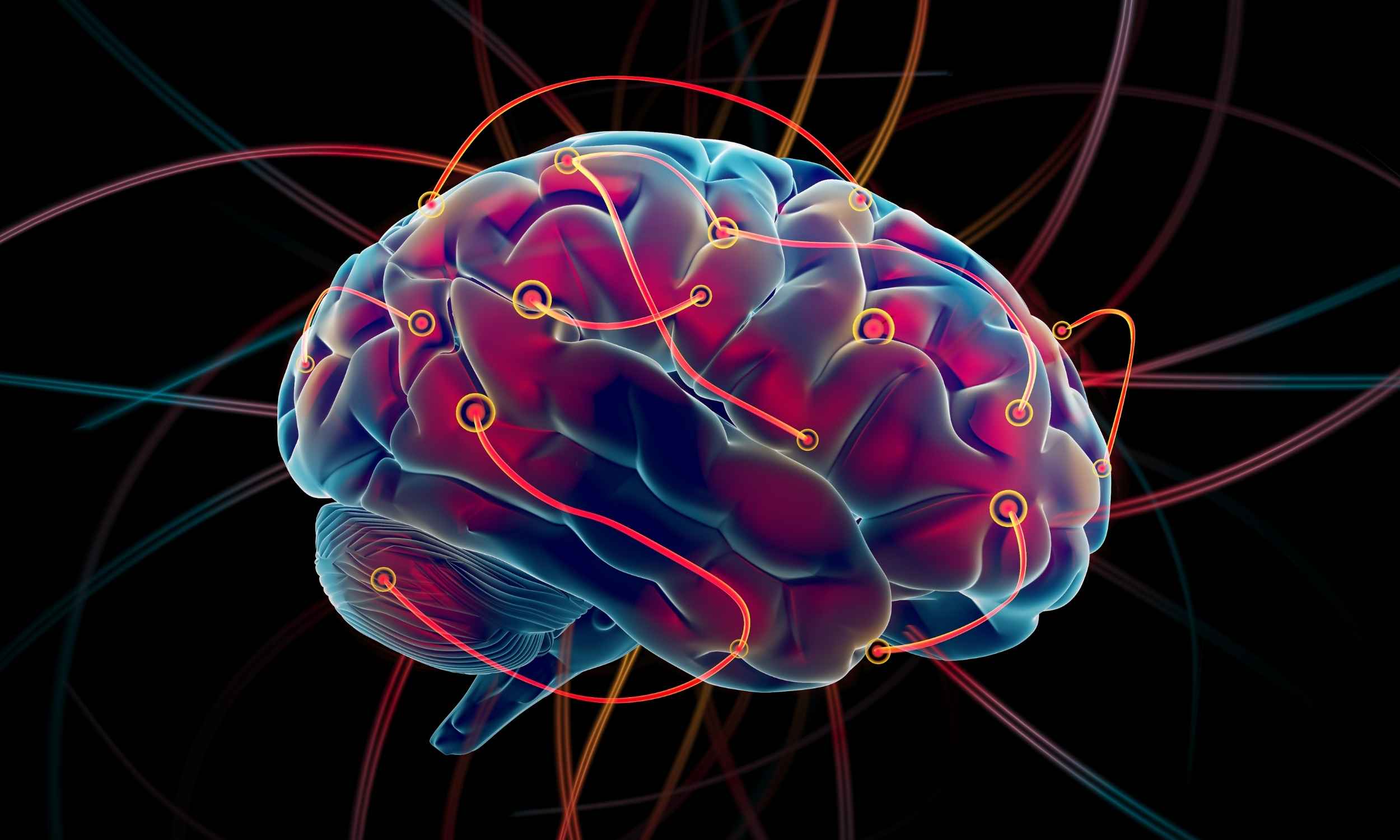
Aging has always been tied hand in hand with the passage of time: a slow and steady process. A little less energy here, a few more wrinkles there. But a massive new study suggests that aging isn’t actually linear. It accelerates dramatically around age 50, with the body’s organs veering into decline at sharply different speeds.
The study paints the most detailed picture yet of how human tissues age based on tens of thousands of proteins extracted from real human organs. The findings suggest not just that aging is uneven across the body, but that it seems to stumble forward in distinct steps, marked by molecular upheavals.
“Temporal analysis revealed an aging inflection around age 50, with blood vessels being a tissue that ages early and is markedly susceptible to aging,” the authors write.
A 50-Year Map of the Body in Decline
Led by Guang-Hui Liu at the Chinese Academy of Sciences, the research team assembled a “proteomic atlas” of human aging. They collected tissue samples from 76 people aged 14 to 68, all of whom had died of accidental brain injury. These samples included 13 different tissues spanning major biological systems, including cardiovascular, digestive, immune, endocrine, and more.
With the help of mass spectrometry, they profiled over 12,700 unique proteins from each sample. These molecules are workhorses of biology, responsible for everything from metabolism to cell signaling. Tracking how protein levels rise or fall over time can then be used to assess how aging evolves and affects the body.
Rather than finding a smooth slope, researchers observed an inflection point — especially between ages 45 and 55. During this period, protein expression changed rapidly and broadly across many organs.
Among all tissues examined, the aorta (our body’s main artery) aged fastest and most dramatically.
The Arteries as an Aging Command Center
One of the most provocative ideas to emerge from the study is that the aorta doesn’t just age early — it might also help accelerate aging in the rest of the body.
The researchers identified proteins in the aged aorta that seem to promote damage elsewhere. One protein in particular, called GAS6, stood out. When they injected it into young mice, the animals quickly developed signs of premature aging: reduced grip strength, poor balance, and visible vascular damage.
“These insights may facilitate the development of targeted interventions for aging and age-related diseases,” the researchers write.
This finding bolsters a growing theory that aging is not only systemic but coordinated, with blood vessels acting as a sort of “senohub”— a central relay station distributing molecular signals of decline. “Circulating senoproteins contribute to vascular and systemic aging,” the authors note.
Among the senoproteins identified, GAS6 was especially potent, triggering inflammation and senescence in both blood vessels and distant organs, including the liver and spleen.
A Clock Inside Each Organ
To track how different parts of the body age, the researchers built organ-specific “proteomic clocks”. These algorithms predict a tissue’s biological age based on protein levels. They found that organs do not tick forward at the same rate. While some like the adrenal gland begin to show early changes in the 30s, others like the spleen and pancreas shift more markedly after 50.
The data also revealed something unsettling: as people aged, protein production and mRNA expression began to fall out of sync. This breakdown in the usual flow of genetic information was especially pronounced in older tissues.
At the same time, the researchers found signs of “proteostasis failure,” a collapse in the systems that usually keep proteins correctly folded and functioning. This collapse was marked by the buildup of amyloid proteins, which are sticky clumps that have long been linked to diseases like Alzheimer’s. In this study, they were found not just in the brain, but across organs.
“The amyloid-immunoglobulin-complement axis may constitute a crucial component of the aging tissue microenvironment,” the authors report.
This molecular cascade — protein misfolding, inflammation, and immune activation — represents a recurring theme in what scientists now call “inflammaging.”
Are We Aging in Waves?
The idea that aging happens in waves is not new. Previous research, including studies from Snyder’s own lab, has proposed inflection points at around 44 and again near 60. Some studies also point to another major shift at age 80.
This new study adds weight to the idea that aging unfolds in phases rather than linearly.
The current study’s strength lies in its use of solid tissue samples, offering more precise information than previous studies that mostly relied on blood biomarkers. Yet it also has limitations. It excludes some key organs, like the brain and kidneys, and represents only Chinese donors, which may limit generalizability.
Still, the data is some of the most robust to date.
“Our study is poised to construct a comprehensive multi-tissue proteomic atlas spanning 50 years of the entire human aging process,” the researchers write.
Understanding how and when different organs decline could help tailor interventions. The researchers suggest that plasma proteins, many of which match their tissue of origin, could one day serve as non-invasive biomarkers for tracking organ-specific aging.
In experiments, proteins like GPNMB and NOTCH3, which increased with age in both tissues and blood, were shown to cause accelerated aging in mice and human cells when artificially introduced. Some of these proteins could become future targets for therapies, like vaccines or drugs that selectively eliminate senescent cells.
“Our study highlights the early and pronounced aging of the aorta, underscoring the critical role of vascular senescence in initiating systemic aging,” the authors conclude.
And while we can’t stop time, we may soon know which organ to watch first when it begins to accelerate.
The findings appeared in the journal Cell.
Source link


